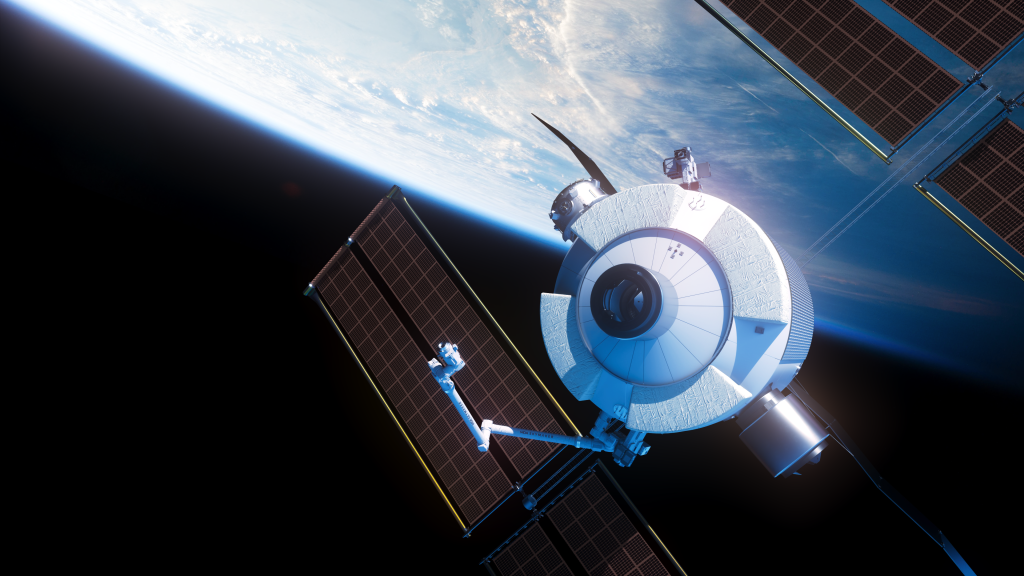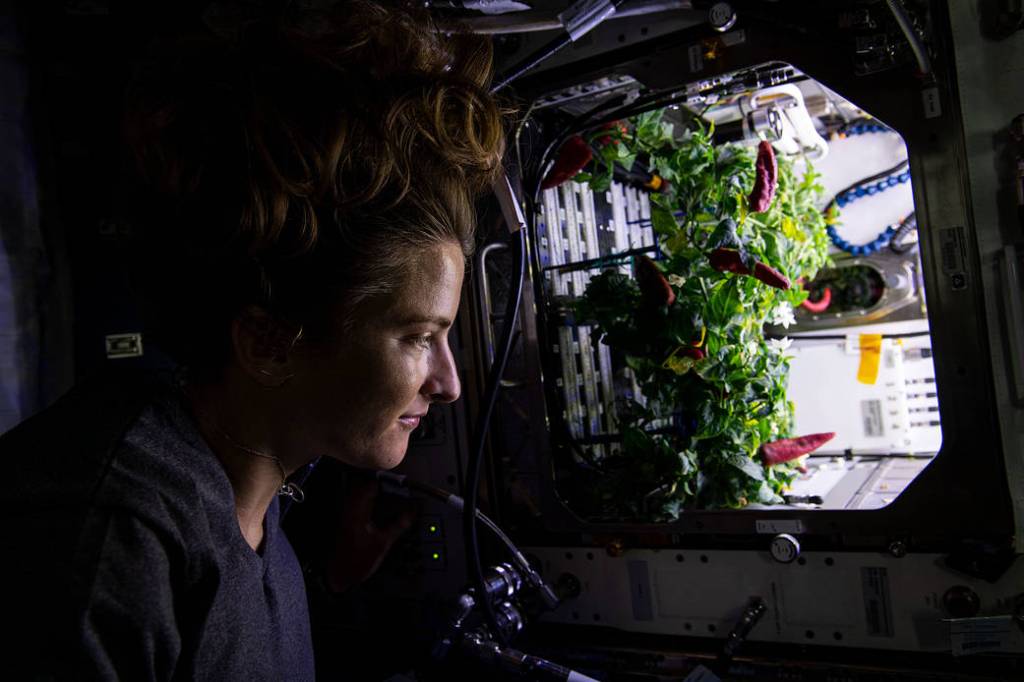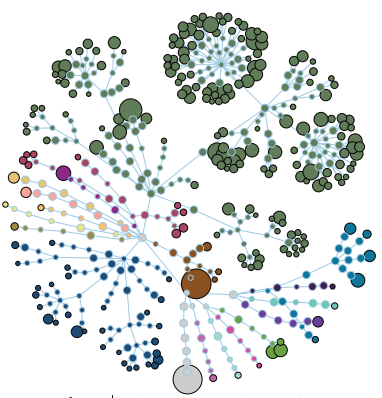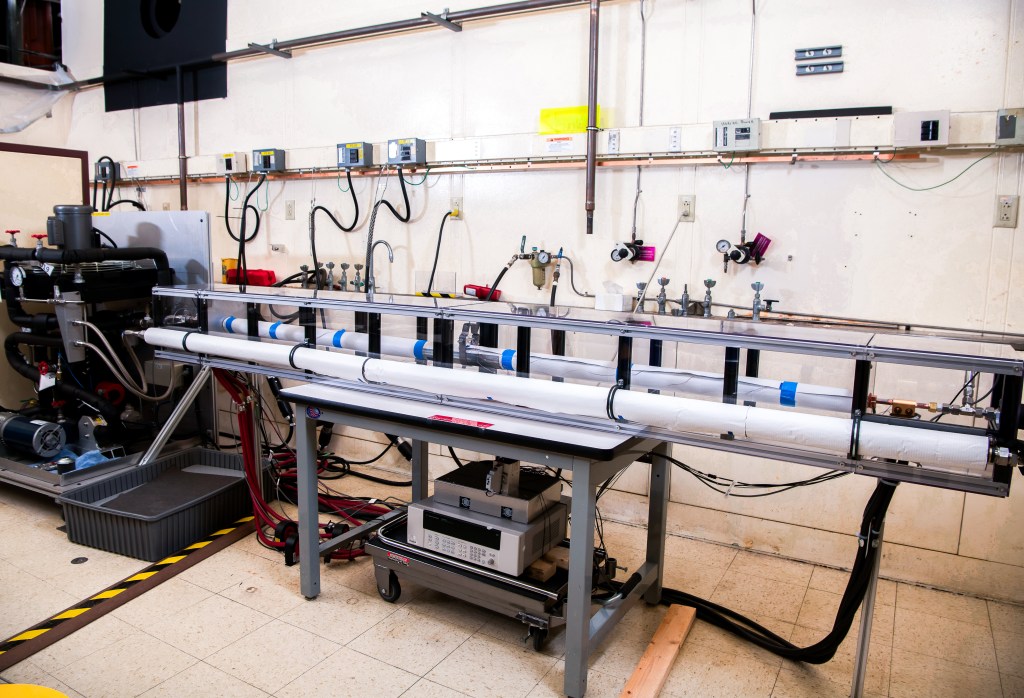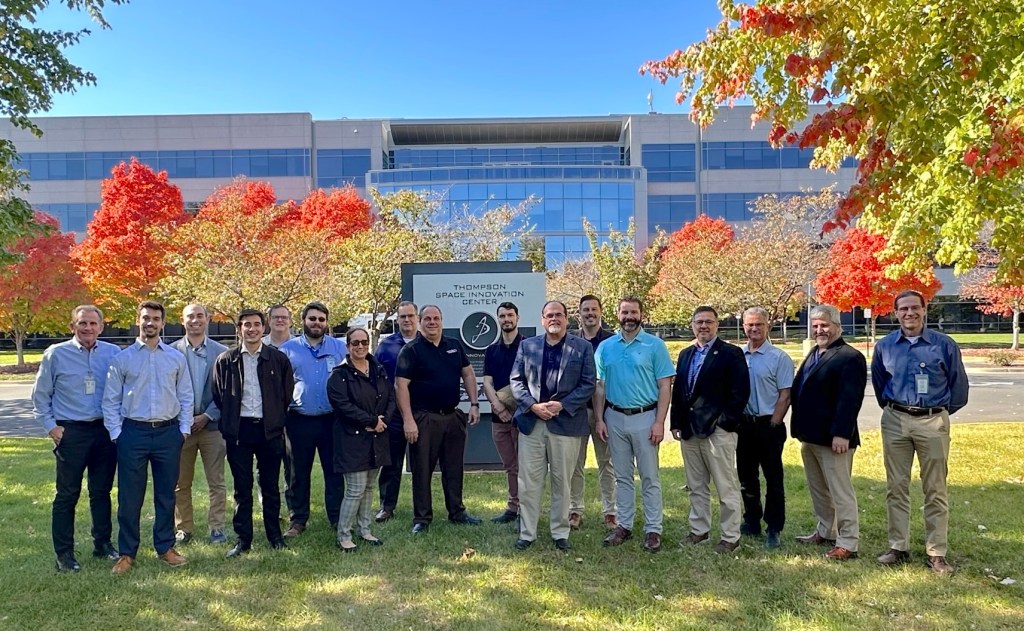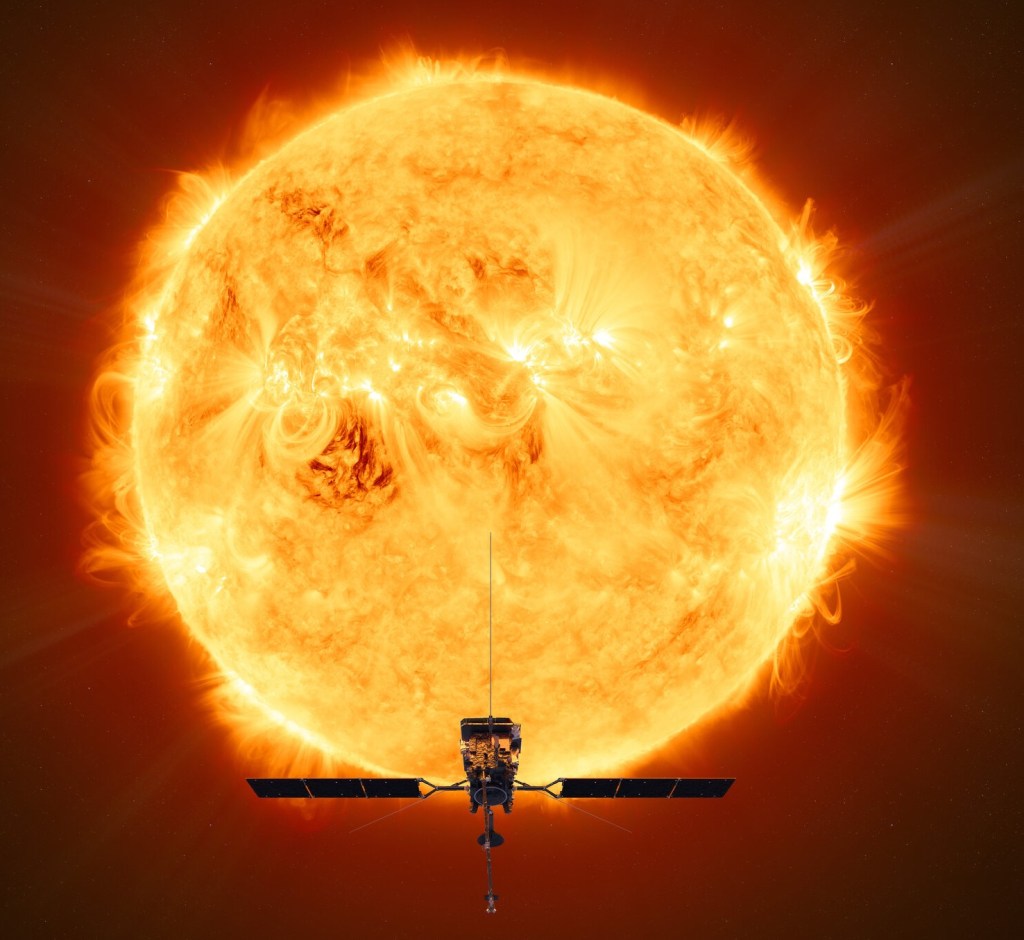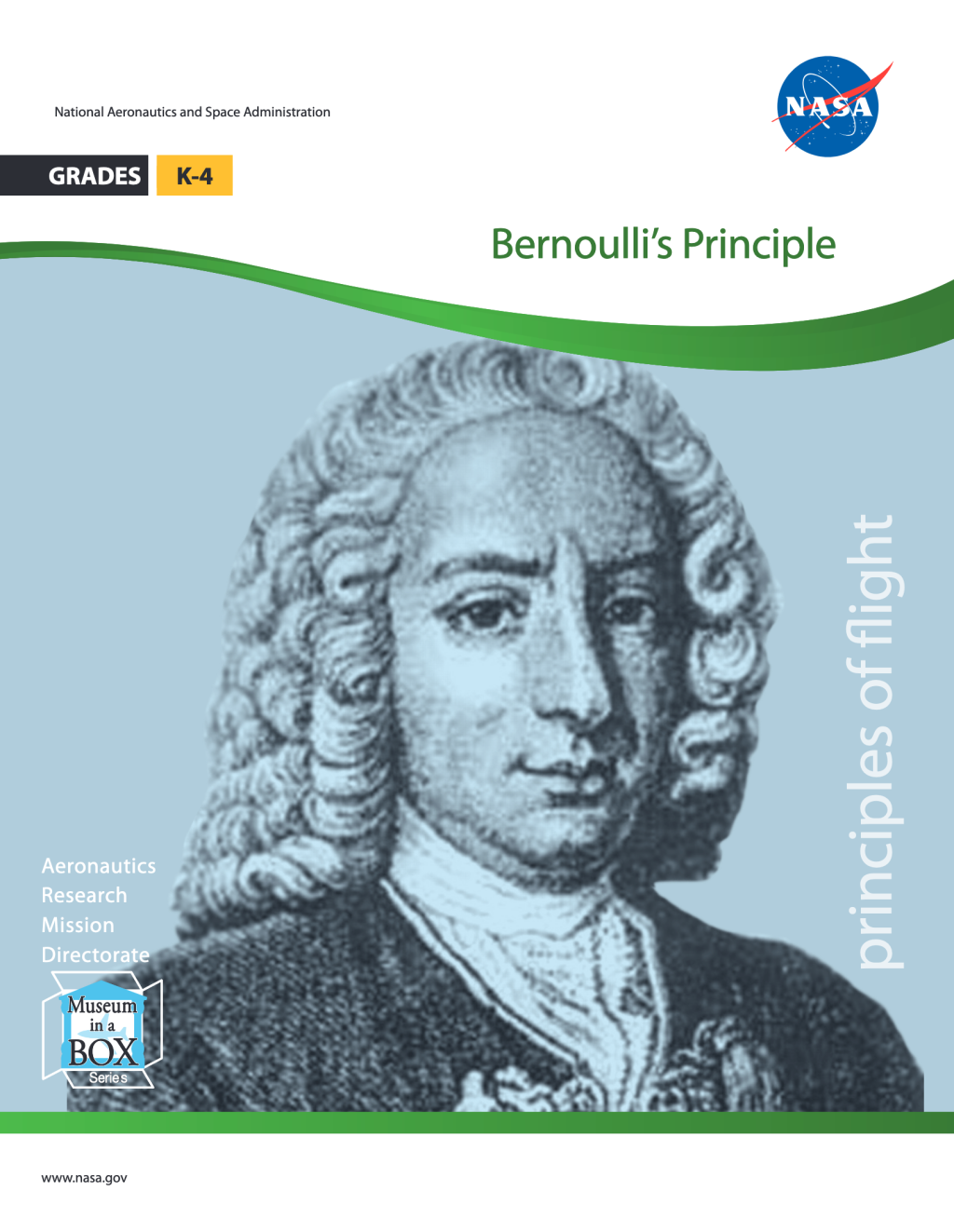
Audience
Educators
Grade Levels
Grades K-4, Grades 5-8
Subject
Physical Science, Flight and Aeronautics, Forces and Motion, Physics
Type
Lesson Plans / Activities
PRINCIPLES OF FLIGHT
Bernoulli’s Principle
Grades K-4
Bernoulli’s Principle (K-4) includes one activity and two demonstrations, using commonly available items to demonstrate the Bernoulli principle. There is also a concluding activity. Before starting the lesson, students should record what they think will happen as a result of each activity or demonstration.
- Students will create a paper bag mask with a movable tongue. By blowing across the tongue, it will rise. This will demonstrate the Bernoulli principle – the faster moving air across the top of the tongue creates lower air pressure and causes the tongue to rise.
- Demo 1: Two balloons will be inflated and each tied to either end of a piece of string. The balloons will be suspended, each at the same height and several inches apart. A student will blow air directly between the balloons and the balloons will come together.
- Demo 2: A ping pong ball will be put into the air stream of a hair dryer. The ball will remain in place, even as the dryer is tilted.
- A final activity will have all students participate in acting as air passing over the wing of an airfoil.
Grade Level: K-4
Time Required: 60 minutes
National Science Standards Addressed:
Science:
- Abilities necessary to do scientific inquiry
- Understanding about scientific inquiry
- Objects in the sky
- Understanding about science and technology
- Science and technology in local challenges
- Science as a human endeavor
Grades 5-8
This activity will use commonly available items to demonstrate the Bernoulli principle. Students will be given a sheet that identifies each of six experiments. The sheet has room for each student, after the explanation of the experiment, to write what he / she believes is going to happen. The experiment is conducted by either the instructor or by one / several of the students. There is an area on the student’s paper to write what they observed happen. Then, the most challenging part of the activity will be for the student to tell why they think the result occurred. This activity is even more fun if students are not given any background on Daniel Bernoulli or the principle that faster moving fluids create relatively lower pressure. The experiments being undertaken in this activity will visually demonstrate the idea that faster moving air creates relatively lower pressure.
Grade Level: 5-8
Time Required: 60 minutes
National Science Standards Addressed:
Science:
- Abilities necessary to do scientific inquiry
- Understanding about scientific inquiry
- Objects in the sky
- Abilities of technological design
- Science and technology in local challenges
- Risks and benefits
- Science as a human endeavor
- History of science
Math:
- Compute fluently and make reasonable estimates
- Understand patterns, relations, and functions
- Use mathematical models to represent and understand quantitative relationships
- Investigate, describe, and reason about the results of subdividing, combining and transforming shapes
- Use visualization, spatial reasoning, and geometric modeling to solve problems
- Understand measurable attributes of objects and the units, systems, and processes of measurement
- Apply appropriate techniques, tools, and formulas to determine measurements
- Problem Solving
- Reasoning and Proof
Topic: Bernoulli’s Principle, Forces, Fluids, Pressure, Air, Motion


